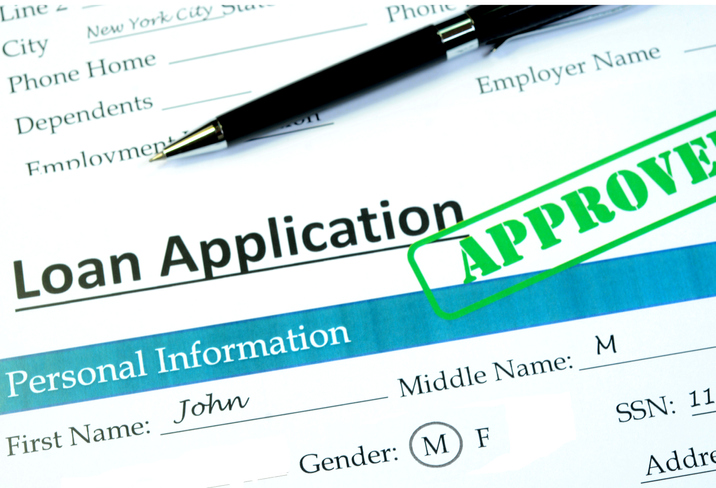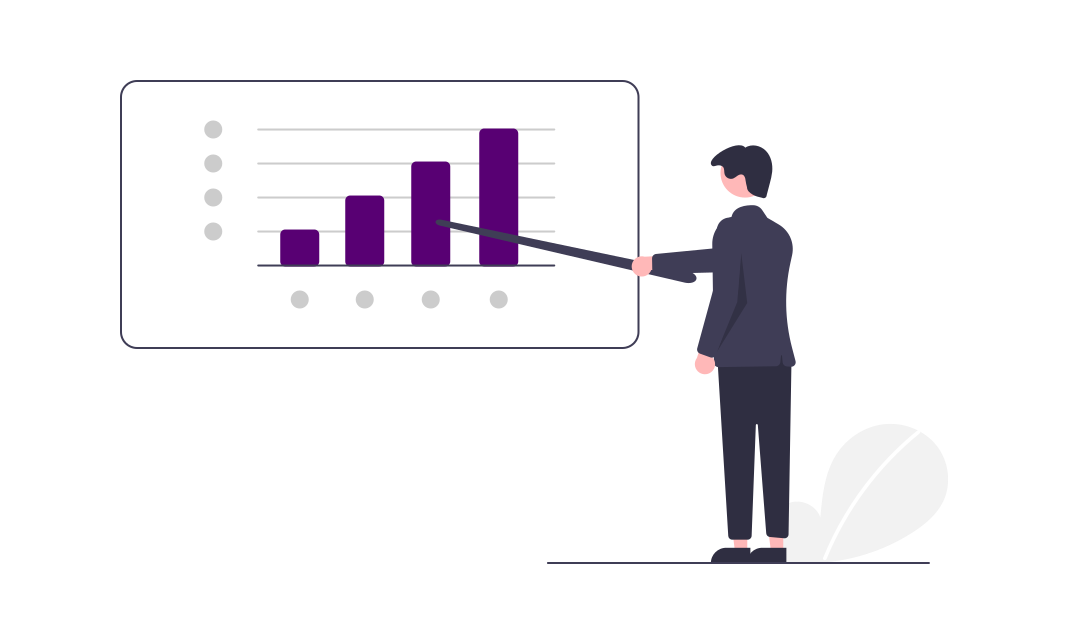Small business loans can be exactly what SMBs need to either get started, take their brand to the next level, or simply cover short-term cash flow troubles. Many Australian businesses may currently be seeking small business loans to help them bounce back from the troubles of 2020.
Despite the name, a small business loan can be anything from roughly $5,000 to several hundred thousand, yet they all largely have the same requirements, which is why taking the following steps will play an important role in your financial business planning.

Prepare a cash flow statement
A cash flow statement is a collection of your current financial documents. This includes:
- Current income
- Expenses such as staff salaries
- Net profit
- Future projections
This will give potential lenders a simple and clear image of your overall financial wellbeing.
Put together a business plan
Whether you’re applying for a government loan such as the Business Growth Fund

or a private small business loan, you will need to be able to show a formal business plan.
Business plans are roadmaps to your future goals as a company, including your current starting point, where you want to be at certain stages down the road, and your plans for getting there. It doesn’t need to be extensive, but it should typically include:
- An executive summary
- A company overview
- A basic explanation of your products or services
- Major company milestones
- A marketing plan
- A brief description of key players in the company
- A financial plan
Understand your loan options
Before applying for loans, it is imperative to understand the options for loans and what it means for your financial future and your business.
A loan can be secured or unsecured. A secured loan means you offer one of your existing assets as collateral, which typically means you get a lower interest rate, but also that your asset may be sold if you are unable to repay the loan.
An unsecured loan means there are no assets involved, however they do come with higher interest rates and can be harder to get.
You will also need to determine if you prefer a fixed or variable rate loan, and how much you expect to pay in application, monthly, and exit fees.

Determine your financial limits
Generally speaking, you get to decide how much you take on loan. Whether that’s just enough to buy the things you need to start a small business, or enough to invest in a fleet of company vans and a new premises, is up to you.
It’s best to determine the maximum of what you can afford by calculating what repayments you can feasibly make each month. Ideally, you’ll agree on a repayment plan that won’t max out your limit, but allow you some wiggle room for other expenses.
You will also need to determine other loan basics such as your loan-to-value ratio (LVR), what you can offer as collateral for the loan, how much equity you have currently, and the maximum percentage of shares you are willing to part with for investors.
Once you get a small business loan, it’s time to make the most of it. You can optimise your time by using tools such as White Pages Connect to stay on top of your online presence with one simple tool, which allows you to update business details, post social media updates, and more, so you can spend your time on your business.


